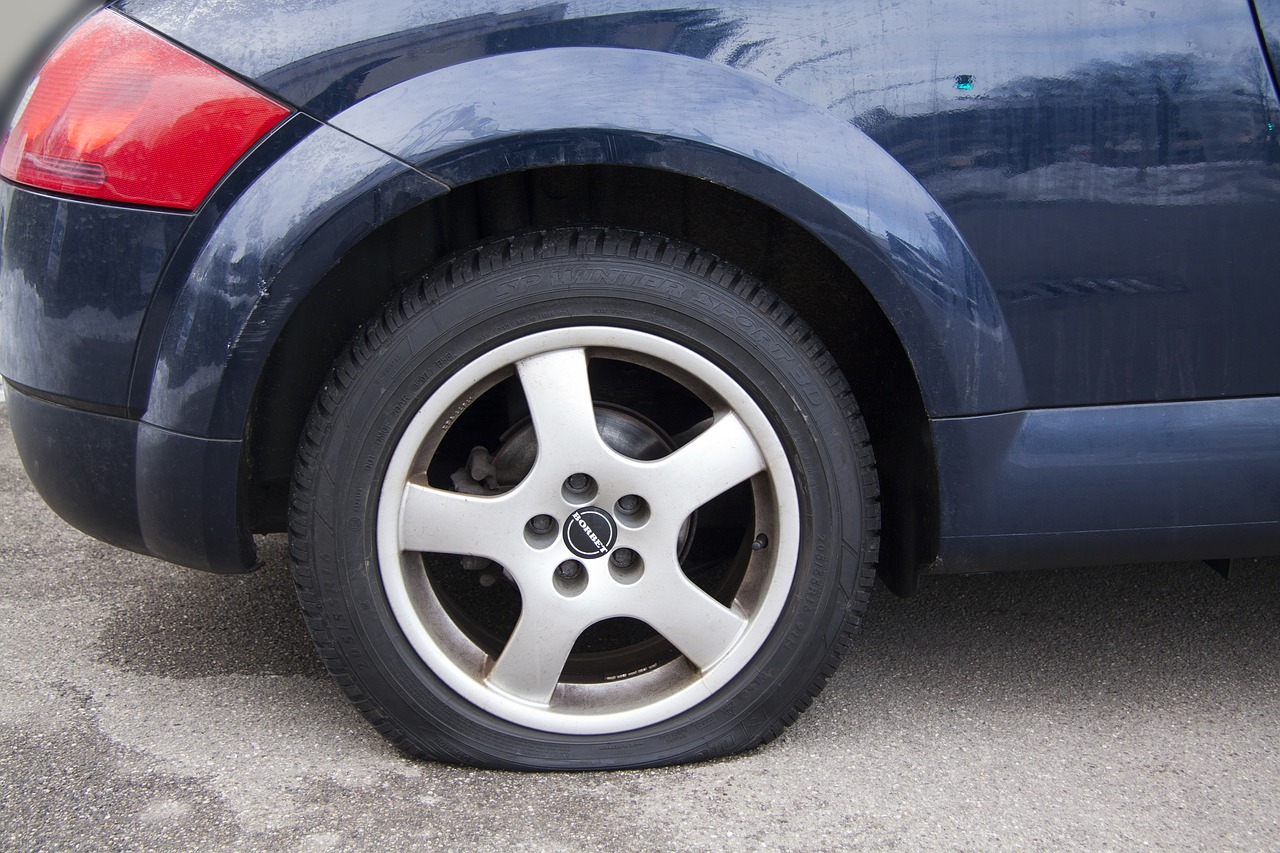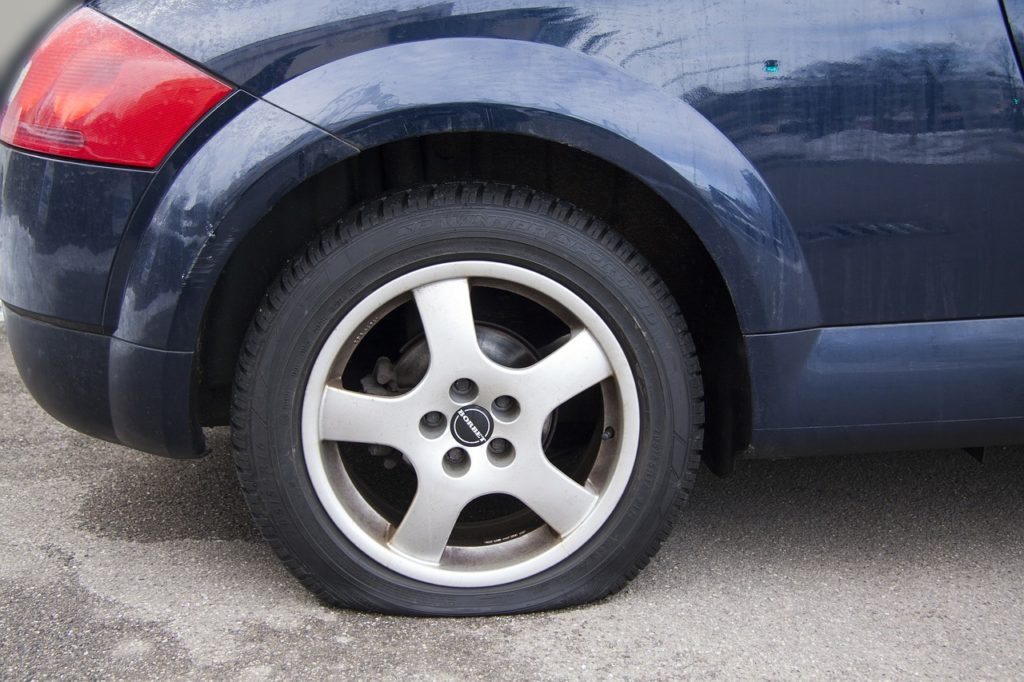

A teen getting their license is an exciting time for them, but can be stressful for parents. Along with the responsibility of safely operating a vehicle, teen drivers should also know how to perform some basic car repairs and maintenance tasks. What follows is a list of four car repairs your kids should know how to complete.
Change a Tire
This is one of the most basic and useful skills a driver can have. Knowing how to safely change a tire by the side of the road is extremely important. A flat tire can occur at any time while driving, and a responsible teen should be aware of how to remove the spare from the vehicle and replace the flat tire using the proper tools. Furthermore, they should be aware that they can’t drive on the spare tire for long, it’s just meant to get them to an auto repair shop safely, or a tire shop such as Evans Tire & Service Centers to purchase new tires.
How To Check Tire Pressure and Add Air
Teen drivers should know how to operate a tire pressure gauge and be able to add air to the appropriate PSI level for their vehicle’s tires. This can help prevent flat tires from happening. Modern vehicles are sometimes equipped with tire pressure monitoring systems, which visually alert the driver to a tire’s pressure dipping below a certain level. Sometimes these alert systems may reveal the location of which tire has low pressure.
Jumpstart a Battery
Car batteries can stop working at any time, especially in cold weather. It’s important for teen drivers to know how to safely jump start a car in case they find themselves in a situation where the car won’t start. If there’s another driver around, they can use jumper cables to hook the battery up to another vehicle in order to jump start it. Directions for how to do this appropriately are available online, or you can show your teen how to do it.
Check Fluids
Fluids are vital to a car’s healthy operation, and every teen driver should know how to check their levels and fill them if necessary. They should know the location of the oil, windshield wiper fluid, coolant and transmission fluid. An experienced mechanic can show your teen how to check for these things and exactly what to look for when reading the dipstick or markers on reservoir tanks.
Your teen driver will be a more responsible and attentive one if they are able to perform these repairs themselves. It keeps them safer on the road and gives you increased peace of mind.


